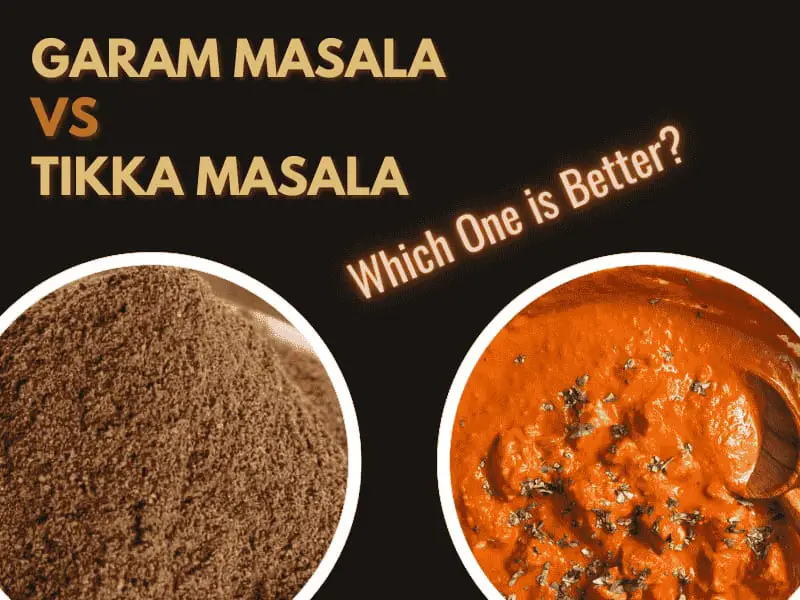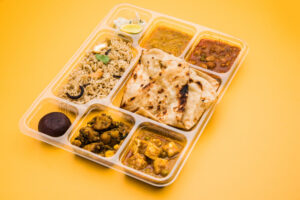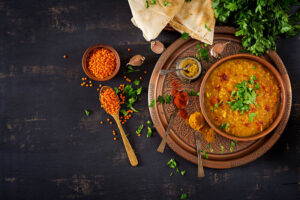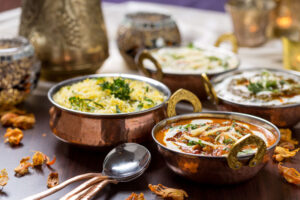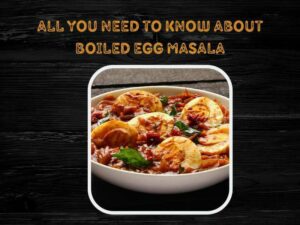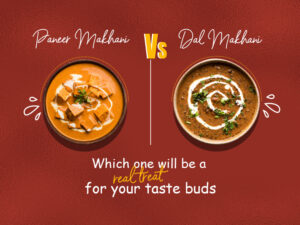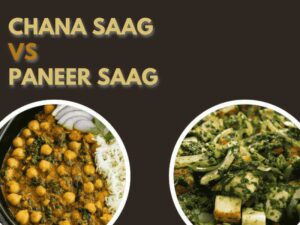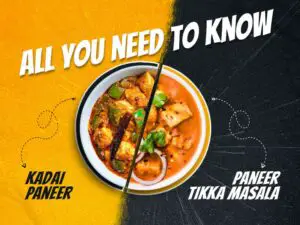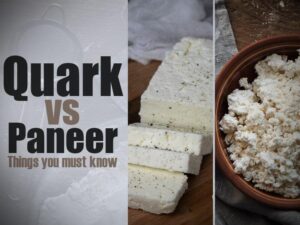If you’re easily confused by Indian dishes that sound similar, then you may want to read this article. Garam masala vs tikka masala are popular terms in Asian cuisine, but how do they differ, and which one is better?
Is Garam Masala The Same as Tikka Masala?
Despite containing similar ingredients and roughly tasting the same, garam masala and tikka masala are not the same thing. So what sets them apart? Keep reading to find the answer.
What Is The Difference Between Tikka Masala and Garam Masala?
Although they have a similar name, there is a difference between garam masala and tikka masala. Let’s take a closer look.
Form
The most notable difference is the form of each. Garam masala is a mixture of dry spices added to a combination of vegetables and tomatoes to create a spicy and flavorful curry.
Tikka masala, on the other hand, is the finished product of spiced chicken cooked in a blend of spices, vegetables, and tomatoes.
Here is a version cooked by the famous Chef Jamie Oliver:
Color
Garam masala is brown or yellow in color. This is due to the addition of turmeric. Tikka masala is red or orange in color which is mostly due to the tomatoes present in the sauce.
Also, check out this article on chaat masala vs garam masala to find the difference in color between the two.
Texture
Of course, the texture of each is rather different too. Tikka masala is thick and runny in consistency as it is a sauce. As garam masala is a blend of spices, the texture is dry and grain-like. Some may even compare it to flour!
Garam Masala vs Tikka Masala: What Are The Similarities?
As discussed previously, they do contain similar spices, which you can see in the table below.
| Garam Masala Spices | Tikka Masala Spices |
| Coriander seeds | Coriander powder |
| Ginger | Nutmeg |
| Turmeric | Turmeric |
| Cumin | Cumin |
| Kashmiri red chilies | Kashmiri red chilies |
| Black cardamom | Black cardamom |
| Cinnamon | Cinnamon |
As you can see from the table above, both dishes contain pretty much the same spices. However, they are not entirely the same. Other spices such as green cardamom, cloves, bay leaves, and star anise are sometimes included in garam masala recipes.
Click here to take a look at the difference between tandoori masala vs garam masala.
Garam Masala vs Tikka Masala: A Short History
Let’s take a look at the history behind tikka masala vs garam masala to find out more.
Garam masala originated in Northern India and was used in cooking as a way to keep warm (and still is to this day). The word garam literally means ‘hot’, with masala translating to ‘spices’. The blend itself was spread around the world when explorers traveled to different countries during the era of the spice trade in the 15th century. It is immensely popular in the UK due to the migration of Desi people during the 1800s.
Tikka masala, on the other hand, has a slightly different and almost comical history in that it has nothing to do with Indian culture. In fact, this recipe was created in Glasgow, Scotland, during the 1970s. Legend has it that a customer dining in an Indian restaurant complained that their chicken was too dry. Quick to satisfy such a complaint, the chef took it upon himself to create a creamy sauce for the chicken using tomato soup and cream. Thus, the chicken tikka masala was born.
To find out more about spice mixtures from around the world, take a look at our article on chaat masala vs garam masala.
How To Make Garam Masala
Making your own garam masala is really simple and takes no time at all. So let’s get started.
Ingredients
- 1 tbsp cumin seeds
- 1 tsp black cardamom seeds (or pods)
- 1 tsp cloves
- 1 tsp turmeric powder
- 2 tsp cinnamon
- 1 tsp ginger powder
- 1 tsp nutmeg
- 1 stick of cinnamon broken into 3 or 4 pieces
Garam Masala is a big ingredient in a lot of Indian dishes….. here is how to make your own from #tasteofindia #southsea #portsmouth #albertroad #indiancuisine #indiandishes #curry #food #foodie pic.twitter.com/dBQSDv038d
— Kadirs (@KadirsIndian) April 19, 2018
Method
1. Add each spice to a bowl and grind to a fine powder. If you prefer to use whole spices, you can use a spice grinder to do a quicker job.
2. Once ground, you can use them however you like. It really is that simple!
A typical ras el hanout recipe uses a similar method. To find out more, check out this article on garam masala vs ras el hanout.
Garam masala or Tikka Masala: Preservation Methods
Storing garam masala requires an airtight container and a dry area away from sunlight. Generally, spices do not expire, but if left uncovered, they begin to lose their taste and become less pungent when consumed. Therefore, we recommend storing in a dry area such as a kitchen cupboard or a pantry away from direct sunlight.
Tikka masala, on the other hand, must be stored differently. If you made a little too much, or if you have made a big batch to be consumed at another time, you can either refrigerate or freeze the remainders.
Again, you will need to separate them into airtight containers. Tikka masala stored inside a refrigerator will be fine for 1 to 3 days. It can be placed in the freezer for up to 3 months. If freezing, you should always fully defrost before reheating.
Garam Masala vs Tikka Masala: How and When Are They Eaten?
Garam masala can be used in just about any dish to give the sauce or meat an added zing or kick. These warm spices can be added along with the onions and other vegetables in the beginning stages of a recipe, or sometimes it is sprinkled on a finished dish like seasoning.
Tikka masala, more commonly known as chicken tikka masala, is a popular choice when it comes to British Asian cuisine. It is hard to come by an Indian restaurant that does not have it on the menu. Tikka masala is usually served with the following side dishes.
- Basmati rice
- Jeera rice
- Steamed rice
- Naan bread
- Roti
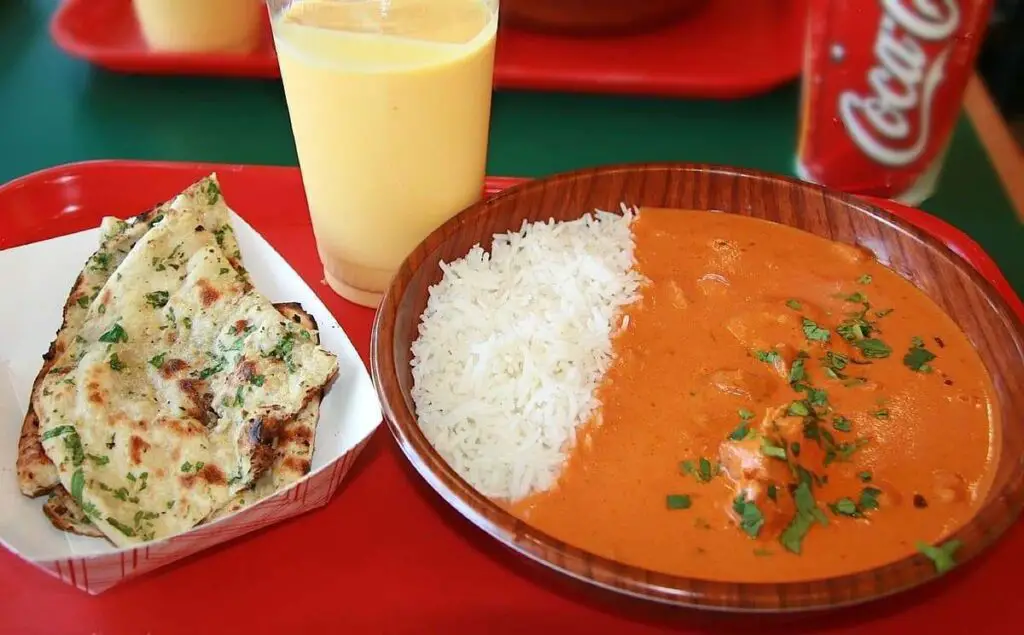
Garam masala is a staple ingredient when it comes to traditional Indian cuisine. This blend of spices is easy to make but probably costs less to purchase, ready-made.
Tikka Masala: Method of Preparation
So, now that we’ve established exactly what garam masala is and how it’s made, what about tikka masala?
As established earlier on in the article, the word masala means ‘spices’. Therefore, any time you see this word in a recipe, it refers to a certain spice blend. When it comes to chicken tikka masala, it’s no different.
When preparing a chicken tikka masala, the chicken is firstly marinated in spices and coated with yogurt before it is cooked in a skillet or a tandoor.
Once the chicken is ready, it is added to a tomato sauce made from onions, garlic, and tomatoes. Cream is added to the recipe before the finished product is served with side dishes of rice and naan bread.
Tikka masala dishes are ideal for young children as they are not too spicy and are therefore much more enjoyable.
Find out how to make your own blend of tikka masala spices by clicking on this video.
Health Benefits of Masala Blends
Consuming spices isn’t just about the way they make food taste or a way to keep warm. Remember, spices are naturally grown and just like fruits and vegetables, provide the body with many benefits. Let’s take a look at what they are.
Turmeric
Turmeric has been used for centuries to reduce inflammation and pain within the body. Many studies have confirmed these statements. This vibrant spice is also known to help prevent certain illnesses, including diabetes, cancer, and Alzheimer’s.
Cumin
Similarly, cumin is known to contain antioxidants that help the body to fight illness. It is also thought to aid weight loss, boost memory and fight against cancer. Studies show that cumin can also be helpful when it comes to bowel complications such as IBS. Who knew that consuming spices could be so good for you!
Peppercorns
Peppercorns contain an important compound known as piperine which is extremely beneficial for the human body. Similar to other spices in our list, consuming peppercorns can help to aid digestion, reduce high blood pressure, and it may help to prevent cancer.
Cinnamon
This is a popular spice loved for its sweet yet spicy flavor. It is often used in sweet dishes such as hot drinks and cakes (particularly during the Christmas period). However, cinnamon also contains compounds that can lower blood sugar levels, relieve indigestion and promote gut health.
Cardamom
Whether it’s black or green cardamom, it’s going to be beneficial. So what’s so special about cardamom? Firstly, it contains immune-boosting antioxidants, which can help to fight against cancerous cells and other diseases. Cardamom leaves are notoriously good for getting rid of bad breath, believe it or not. Chewing on a leaf or two is almost as good as a stick of gum!
Ginger
We’ve all heard of ginger and its amazing ability to combat feelings of nausea, particularly morning sickness. However, this spice provides many more benefits, including lowering the risk of heart disease, aiding weight loss, and stimulating digestion which may ease issues involving the stomach and bowels.
Kashmiri Red Chillies
Although chilies are known for boosting metabolism, they are also great for relieving nasal congestion. They contain immune-boosting vitamins A, B, C, and E, which are also helpful in lowering cholesterol. Kashmiri red chilies are also jam-packed with nutrients such as iron, copper, magnesium, and potassium, which are needed for bone and blood health. This type of chili is good for clearing waste from the body which promotes organ health.
If you didn’t manage to find the answer you were looking for in the article above, our trusty FAQ section might be of help.
Can I Use Tikka Masala Instead of Garam Masala?
You can use the same blend of spices used in tikka masala instead of garam masala. As previously mentioned, the ingredients used in each are so similar it is difficult to tell them apart based solely on taste.
Is There Garam Masala in Tikka Masala?
Garama masala and tikka masala are so similar that it would be hard to tell them apart. However, garam masala is slightly spicier than the blend used in a tikka masala.
Is Garam Masala Spicy?
Garam masala is spicy to an extent. While it won’t burn your tongue, the addition of cardamom and red chilies gives it that heat we all know and love.
Can Children Have Garam Masala?
Absolutely. We wouldn’t recommend offering it to small babies, but allowing toddlers and young children to try dishes with garam masala is good for young palates!
Where Can I Buy Garam Masala?
Garam masala is readily available in most grocery stores and Indian stores. In fact, it is notoriously cheaper to purchase in any Indian grocery store online as it can be bought in bulk. This popular spice isn’t hard to come across and is relatively cheap.
